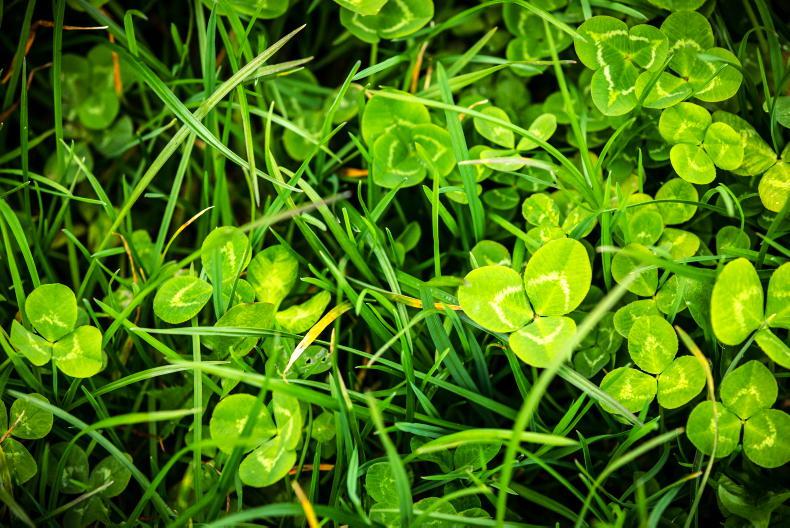Suckler cows with a calf at foot are increased risk of developing grass tetany when grazing autumn grass.
At most risk are freshly calved cows, first-calved heifers, older cows and animals with a strong dairy influence.
The risk of tetany increases with changeable weather and lush, low-dry matter swards. Both are common when lactating cows are grazing late in the season.
Tetany is caused by a lack of magnesium in the cow’s diet and as cattle cannot store magnesium in the body, it needs to be continually offered via some form of supplementation.
Most common are lick buckets and a mineral bolus, although there are other methods that can be effective. When using lick buckets, as a rule of thumb, provide one bucket for every 10 cows.
Grazing
Keep moving cows to fresh grass once covers start getting low. Do not force lactating cows to clean out paddocks tight to the ground in autumn.
Holding cows on low covers will reduce intakes and this can trigger nutritional stress, leading to the onset of tetany.
Offering a fibre source, like a few flaps of hay, will slow down the digestion of lush grass, giving the cow more time to absorb magnesium from fresh forage.
Finally, avoid grazing paddocks that received slurry or a high-potash fertiliser in recent weeks, as again, the risk of tetany will be increased.
Read more
Irish beef not ‘directly competing’ with US, say exporters
Factories ‘anxious’ for lambs – IFA
Suckler cows with a calf at foot are increased risk of developing grass tetany when grazing autumn grass.
At most risk are freshly calved cows, first-calved heifers, older cows and animals with a strong dairy influence.
The risk of tetany increases with changeable weather and lush, low-dry matter swards. Both are common when lactating cows are grazing late in the season.
Tetany is caused by a lack of magnesium in the cow’s diet and as cattle cannot store magnesium in the body, it needs to be continually offered via some form of supplementation.
Most common are lick buckets and a mineral bolus, although there are other methods that can be effective. When using lick buckets, as a rule of thumb, provide one bucket for every 10 cows.
Grazing
Keep moving cows to fresh grass once covers start getting low. Do not force lactating cows to clean out paddocks tight to the ground in autumn.
Holding cows on low covers will reduce intakes and this can trigger nutritional stress, leading to the onset of tetany.
Offering a fibre source, like a few flaps of hay, will slow down the digestion of lush grass, giving the cow more time to absorb magnesium from fresh forage.
Finally, avoid grazing paddocks that received slurry or a high-potash fertiliser in recent weeks, as again, the risk of tetany will be increased.
Read more
Irish beef not ‘directly competing’ with US, say exporters
Factories ‘anxious’ for lambs – IFA










SHARING OPTIONS